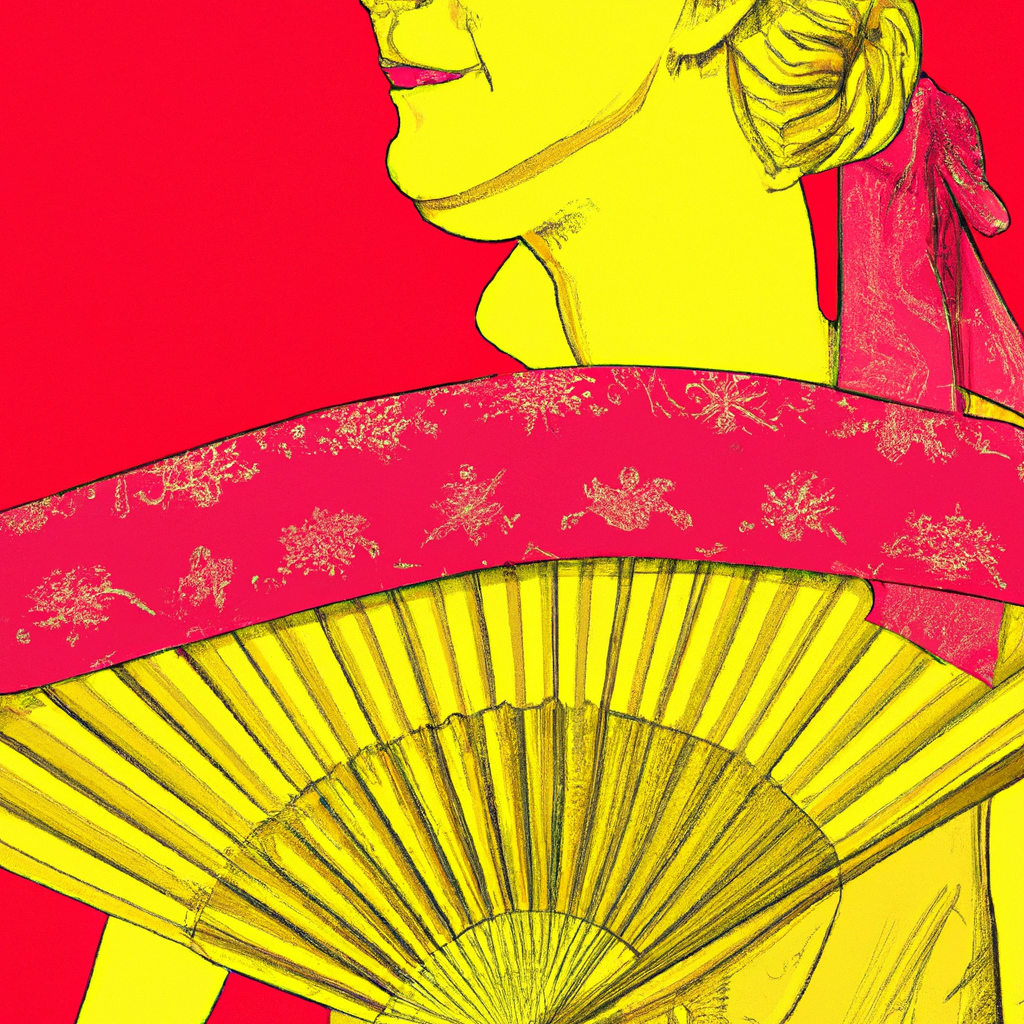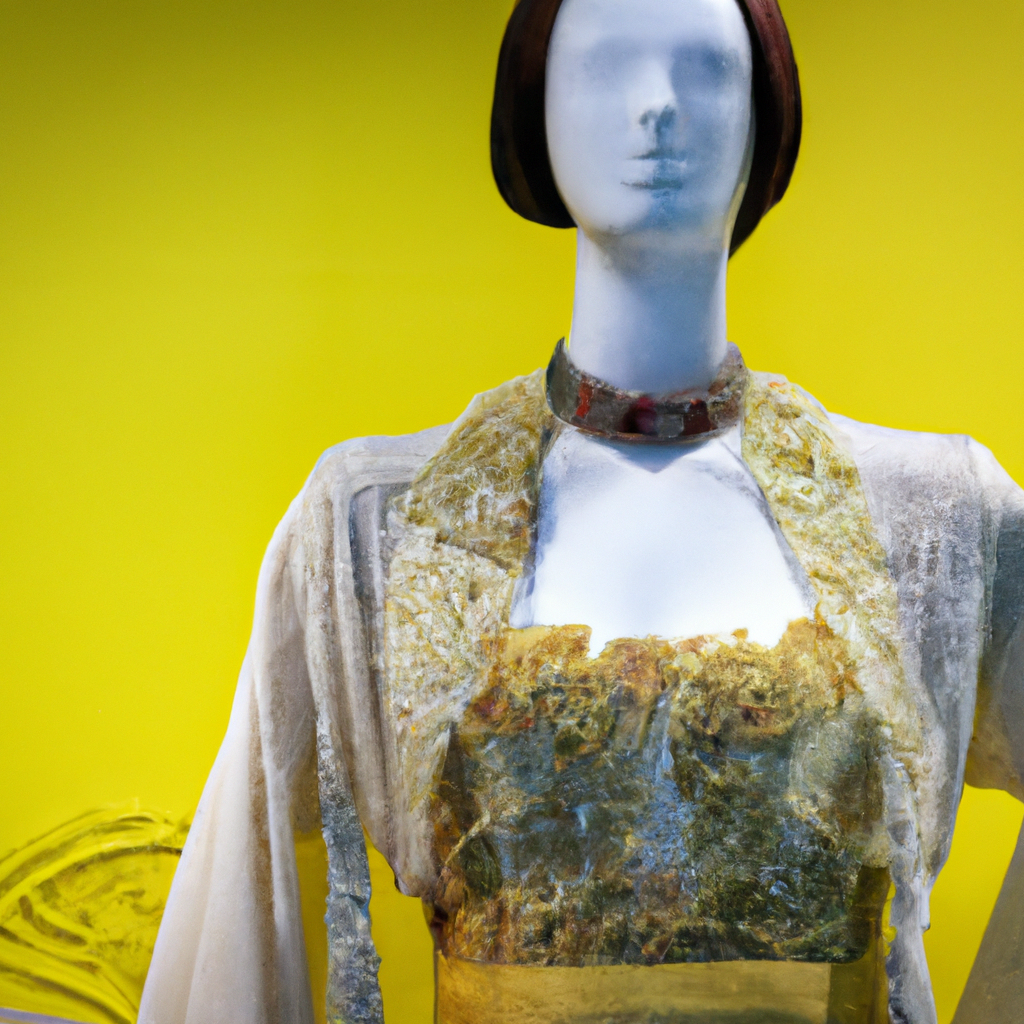From the corsets of the Regency era to the “bob” hairstyle of the Roaring Twenties, fashion is often more than just a way to express yourself. It is possible to decode the meanings behind historical fashion, unravelling a tapestry of symbols and significance that encapsulate various cultures, power dynamics, and purpose. Join us as we dive into a world of exploring fashion statements through the annals of history!
1. Unravelling the Mysteries of Historical Costumes
Historical costumes transport us through time to a different era – a time of dramas, discoveries, tragedies, and hopes. Unravelling their mysteries take us on a journey of creativity and imagination. There is so much to learn and discover, especially since these costumes are often one-of-a-kind examples of the craftsmanship and art of a bygone era.
The range of materials used in period costumes is vast: from luxurious materials such as velvet and ermine fur to simpler fabrics like calico and linen. These materials were often dyed in a spectrum of exquisite shades that often created bold statements of culture and fashion. Knowing the details of these fabrics not only helps us gain insight into the world these costumes originated from, but also contributes to our understanding of textiles throughout different periods of history.
Furthermore, intricate details such as beadwork, trim, and embroidery techniques used to adorn costumes now reveal important facts about their societies. Take a look at the embroidery technique, crewel work, which was popular in Early Modern England. These designs bring to life the stories of fascinating individuals during the Elizabethan times. Identifying these details makes us gain a sense of insight into the lost art of creating these stunning costumes of yore.
- Notable Pieces of Historical Costumes
- Identifying Textiles, Trims and Techniques
- Investigating the Social Significance of Embroidery
2. Iconic Fashion: Symbols and Meanings of Clothes in History
Clothes are more than mere fabric and stitching – they can be symbols of historic culture. Iconic fashion carries its own meaning and has been used to express style, status, and community. Throughout history, clothes have taken on a much deeper significance than its original purpose to cover the body and stay warm.
At a young age, children start wearing certain garments that evoke a specific connotation. For instance, school uniforms are often considered symbols of education and unity. Clothes become a way for people to identify with a particular group. Teamwear, for example, promotes unity, recognition, and support for a collective goal.
In times of war, clothing has often transformed into a political statement or a form of protest. Clothes can embody an attitude or worldview, with movements of its own. For example, in times of political turmoil, piercing and tattoos often become trendy, a way to defy societal conventions and traditional values.
Throughout time, certain clothing pieces have held iconic status, becoming timeless expressions of style and fashion. In the world of luxury fashion, designers such as Louboutin and Chanel have become symbols of wealth and sophistication. These brands have iconic pieces that transcend seasonality, trends, and time. The little black dress, for instance, is often considered the epitome of a timeless classic.
- School uniforms
- Political statements
- Luxury fashion icons
3. Ancient Trends: Ancient Wear Revisited
When it comes to fashion, trends of the past have a special place in comparison to the “here and now”. Ancient fashion is no exception. In this article, we’ll take a look at some of the ways the fashion Zeitgeist is reviving some of the most iconic ancient wear.
- Robes – From Ancient Egypt to Ancient China, the robe was often draped in plain smooth fabric or more complex embroidery and pleating. Embellishment was added through contrasting fabrics, sequins, embroidery, and various types of trimmings. In modern fashion they often come with a looser fit and soft, comfortable fabrics.
- Togas – This draped garment, invented in Ancient Greece, is making a big comeback. Its timeless elegance and simplicity are perfect for any modern-minimalist look. Often in white, the toga has been used for elegant functions, but it can also be appreciated in more casual looks.
- Kimono – Invented during the Heian period in Japan, this traditional garment has become a more bold and expressive modern wear. Its light and flowy fabrics bring a delicate touch, the perfect choice for a look with a soft statement.
These ancient garments can be seen worn in unique ways that show us the creativity of modern fashion. From togas used as wedding and film costumes to kimonos worn with jeans or shorts, designers are finding ways to bring iconic pieces to the front and center of today’s fashion world.
Ancient fashion, which has been around for centuries, will always remain timeless. As new trends come and go, revisiting the classics is something no fashionista should forget.
4. Understanding the Significance in Historical Costumes
From a fashion perspective, understanding the significance of historical costumes is a fascinating process. By studying the context of the outfit, you can gain insight into the customs and values of that particular period of time and culture. For example, you can learn the reasons why certain colors, fabrics or cuts were favored and the message that they communicated.
Similarly, the hairstyles, accessories, and any other accessories worn also send important signals about societal status, religion, and patriotism. Utilizing the finer details of the costume can help you to get a more comprehensive understanding on how the social climate has changed over time. Here are just a few examples:
- 16th and 17th century Spanish royal courts: Spanish court attire reflected the strict social ranking and power imbalances, with the monarch wearing opulent velvets and jewels, while lower courtiers dressed in simpler silk brocades.
- The mid-Victorian England: During this period in England, the standard of modesty became increasingly important with the invention of the crinoline. Women of the upper classes adopted vastly expansive constructions of the hoop skirt as a way to indicate their high status.
As you investigate historic fashion, you can appreciate how deeply clothing has been intertwined with culture and how much it plays a role in communication. It allows us to understand our predecessors in a whole new way and can open up discussions on identity, politics, and morality. It’s still relevant today as we learn from the past and inform the present.
Through decoding and understanding the fashion of the past, we can explore the lives of the people who have gone before us. It is through their objects, through their clothes and symbols, that we can discover a greater understanding of who they were and the lives they lived. Knowledge of the past could inform us about our present and equip us to create a better future.


